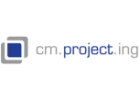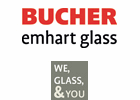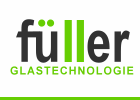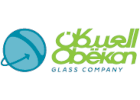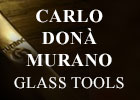INFO
This is the basic company information. The company provides additional detailed information, such as website, fax and telephone numbers, contact persons, history and company data.
To get access to this information or for printout of the company profile, you need to have a valid "Profile Access" to glassglobal.com. Information for booking are available at Price Info .
Contact
| Indirizzo | Glassomer Hohenzollernst. 8 76135 Karlsruhe |
| Nazione | Germania |
| Get in contact with Glassomer |
Prodotti o Macchinari
Fused silca is one of the most important high-perfomance materials and has many advantages like its outstanding optical transparancy in the ultraviolet, visible and infrared region as well as its high thermal and chemical stability.
Structuring fused silica glass is challenging and commonly done using wet chemical etching techniques which require hydrofluoric acid. Glassomer is a silica nanocomposite which comes as a liquid or a solid. As a liquid Glassomer can be structured by room temperature replication or stereolithography 3D printing. As a solid Glassomer can be structured using classical subtactive structuring technologies like drilling, milling, lathing or simply carving with a knife. It can further be structured using thermal polymer molding technologies like nanoimprinting, thermoforming or high-throughput roll-to-roll replication. A final heat treatment turns the polymeric nanocomposites into high-quality transparent fused silica glass via thermal debinding and sintering.

